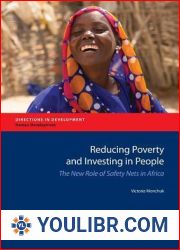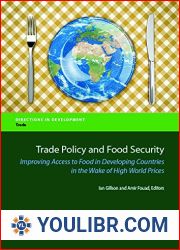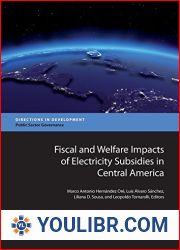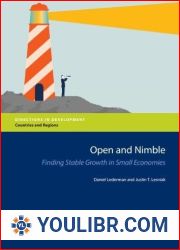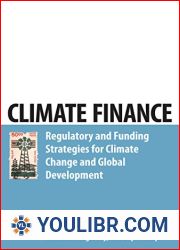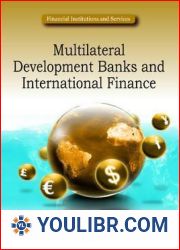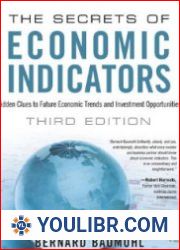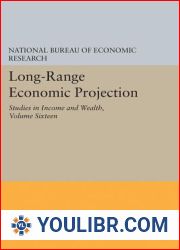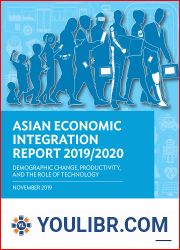
BOOKS - Economic Development and Islamic Finance (Directions in Development) (Directi...

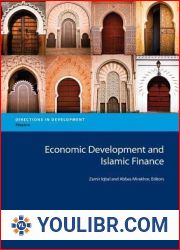
US $7.70

580620

580620
Economic Development and Islamic Finance (Directions in Development) (Directions in Development: Finance)
Author: Zamir Iqbal
Year: July 8, 2013
Format: PDF
File size: PDF 5.8 MB
Language: English
Year: July 8, 2013
Format: PDF
File size: PDF 5.8 MB
Language: English
Over the past three decades, the concepts of Islamic finance and Islamic economics have captured the attention of researchers all over the globe. The expanding market for transactions compliant with Islamic law (Shari'ah) is further evidence of growing demand in this mode of finance. By some estimates, the total volume of Islamic financial assets has grown by 15 to 20 percent a year since 1990 and now exceeds $1.3 trillion. The growth rate of the Islamic financial sector surpassed that of the conventional financial sector in all segments of the market, ranging from commercial banking, investment banking, and fund management to insurance, in several Muslim-majority countries during 2006-10. The growth of this market has been driven by the high demand for Shari'ah-compliant products, as well as the increasing liquidity in the Gulf region owing to high oil revenues. Although the significant developments that have occurred so far were in what are viewed as the core constituencies-the predominantly Muslim countries-Islamic finance is now becoming a global phenomenon. In recent years, significant interest in Islamic finance has emerged in the world's leading conventional financial centers, including London; New York; and Hong Kong SAR, China. Western financial institutions are increasingly considering investment and financing through Islamic financial products. Although Islamic finance is one of the fastest-growing segments of emerging global financial markets, it is often stated that its market share is far below its true potential. At the same time, the concepts of Islamic finance are not fully explained and exploited-especially in the areas of economic development, inclusive growth, access to finance, and public policy. This volume attempts to fill this gap by highlighting some of the key features of Islamic finance relevant to economic development, and by improving our understanding of the perspective of Islamic finance on not only development but also social and economic justice, human welfare, and economic growth.




















